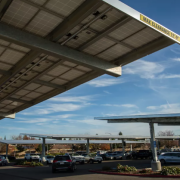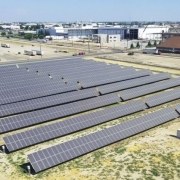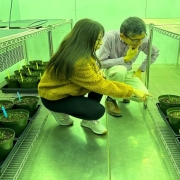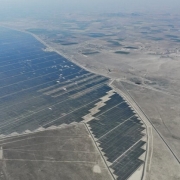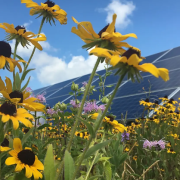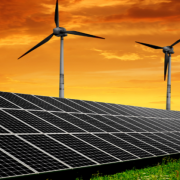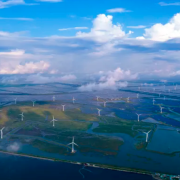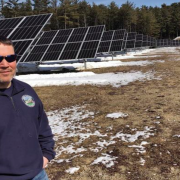California is racing to build enough solar panels, wind turbines and battery storage to meet its carbon-cutting mandates and prepare its electrical grid for worsening heat waves and growing energy demand.
But increasing renewable energy by covering far-off, undeveloped areas with solar and wind farms raises its own environmental concerns. That’s why California needs to think creatively and find ways to put more solar energy in already built-out places, including rooftops and parking lots, canals and agricultural fields, so we can slow the climate crisis without harming sensitive land, like the habitat of threatened Joshua trees or Mojave Desert tortoises.
Click here to read the full article
Source: Los Angeles Times
—
If you have any questions or thoughts about the topic, feel free to contact us here or leave a comment below.

